Posted on 3/15/2018
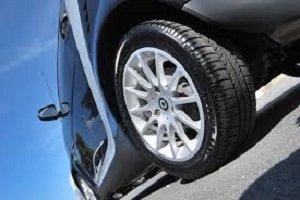
I can think of several things I would rather buy, but it looks like a new set of tires is going to be at the top of the list. There are many factors to consider before making this investment. Here is a quick guide to finding, buying, and maintaining your new tires. Do you need new tires? Take a close look at your tires and determine if you actually need new tires. Tread is the best place to look. You can measure the depth using an old penny or by looking at the tread wear indicators built into most tires. If your tread is worn down to less than 2/32 of an inch you need new tires. Who to buy new tires from can be a challenge. One option is the car dealer, but they are often the most expensive. You will have better luck with a tire retailer or local auto shop. Always check for promotions and coupons going on in your area. Tire sellers will often run specials on mounting, balancing, and rotating tires when you purchase a new set of tires from their location. Now it is time to sel ... read more
Posted on 2/15/2018
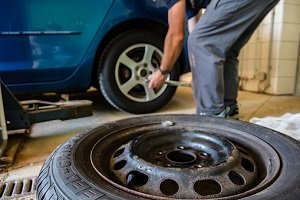
Do you have a spare tire in your car? If you have to think twice about that question, I bet you either don’t have one or the spare you have needs attention. Your spare tire is one of the most important accessories on your vehicle, but it is often the most neglected. If you never check your spare tire, it might not be useful when you need it. Here are some general steps you should take to make sure your spare tire will be ready when disaster strikes. Think about the most basic thing you check on your tires. That’s right, the pressure on your spare tire should be checked on a regular basis. Most tires should read between 30 and 35 PSI. This could change depending on the type of spare your vehicle is equipped with. A compact spare tire referred to as a donut, could require as much as 60 PSI. Always check your owner’s manual for appropriate inflation guidelines. Not all vehicles have a spare tire and most vehicles won’t have a new one. If your car is older or may ... read more
Posted on 12/14/2017
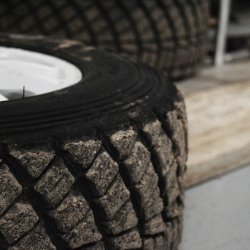
We are the land of the man (or woman) who has everything. We have electric dog nail trimmers, vacuums that work without your help and phones with more computing power than a fleet of space shuttles. With all this great and not so great stuff, it's getting harder and harder to give a great gift. Before you go flailing around for a gift nobody wants or needs just to say you have something to wrap, consider the gift of safety; a new set of tires for a friend or family member. Maybe you think this gift won't be appreciated. After all, tires don't have the appeal of a diamond pendant or a 6-way adjustable cyclo-massage equipped lounger. Actually, though, a new set of tires is so much more. Your tires are the only part of your car that touches the road. Better tires mean safer handling and what could show your deepest feelings for someone you love like saving their lives with more capable handling. And speaking of handling, giving the gift new tires means passing along a ... read more
Posted on 10/5/2017
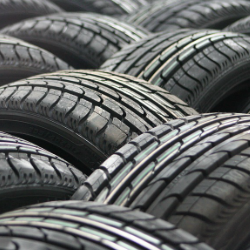
In many parts of the US and Canada, it is common to have two sets of wheels and tires to tackle seasonal differences in driving conditions. You know what to do with them while they are on your car, but what is the proper way to store the ones you put up for the season? Here are some tips to ensure your seasonal tires are ready to go when it is time to swap them out. 1. Clean Your Wheels - Contaminants and road grime can degrade the finish on your wheels while they are in storage. Before you put them away, clean your wheels with some mild detergent. Rinse them off and make sure they are completely dry before you put them away for the season. 2. Clean and Treat Your Tires - Tires are made of natural and synthetic rubbers and can dry out while in storage, causing dry rot and cracking which will have you looking for new tires too soon. Before putting them away, clean your tires with a liquid or foaming tire cleaner and wipe off any residue. Then apply a silicon-based spray, c ... read more
Posted on 9/7/2017
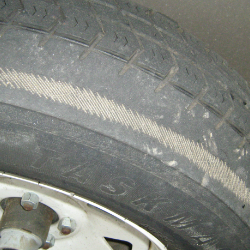
The cornering and rolling forces on each of your tires are different. If you have a front wheel drive car, the power and most of the force is transmitted to the front tires while the rear tires pretty much just follow along like fixed wagon wheels. A rear-wheel drive car or truck sends power to the back while steering forces are handled by the front wheels. All-wheel drive and 4wd have their unique power, steering and cornering characteristics as well. The point is, your front left tire is going to wear differently than your right rear tire, or for that matter, any of the other tires vary at each corner of the vehicle because of the force and friction. The solution to this problem is tire rotation. Tire rotation involves removing your wheels and tires from the car and putting them in a different position on the car. Many times, your tire service center will take the time to re-balance the wheels and tires while they have them off the car anyway.&nb ... read more